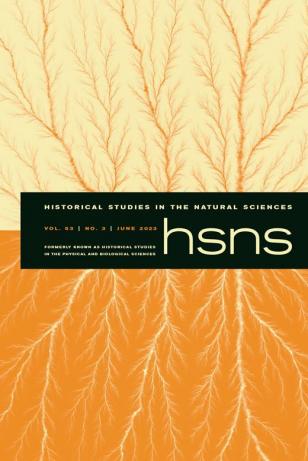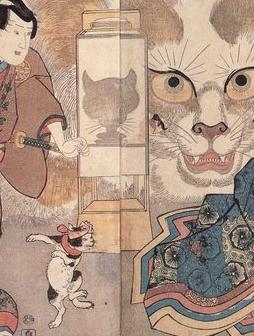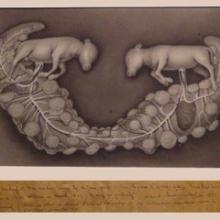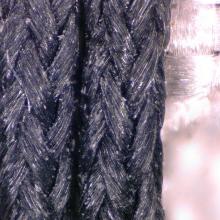The work of recreating the stickiness of a gecko’s toes or mimicking a biological morphology through mineralization exemplify how materials science engineers have increasingly been regarding biodiversity as an inspiring living library for their research. The formation of new animal-inspired materialities has a longer history that is interlocked with how animals have been used throughout human history for practical, creative, scientific, and commercial uses ranging from foods and cosmetics, and from drugs to design research. The historical roles of animal bodies in practical settings is undertaken by the theme of animal materialities. By focusing upon the histories of how the “substance” of animals have been made to change, these analyses of animal materialities stress the importance of the interface among the working parameters of specific processes, be they molecular, cellular, physical, or chemical. Our shared inquiries and comparisons examine how animal materialities work as interfaces between human and animal realms as well as within and between themselves. Various case studies from the 1500s to the recent past contribute to a collective exploration of the definition of animal materialities. Histories of making solvents from the fats of marine and terrestrial animals, the envisioning of plated armor based on armadillos, the formation and rhythms of algal mats, the production of pearls, making plastics from milk, and more, each deepen a comprehension of how animals have been made to become part of the fabric of human culture on a material level through ordinary, craft, and expert practices. The reconstructed animal materiality histories furthermore reflect geographic, linguistic, and cultural specificities that help fashion the knowledges associated with the technical manipulation of animal materials and the production of any changes in related technologies.
The collective research strives to articulate the prehistory of materials science engineering through the vantage of scientific interventions in animal materialities understood through the ways in which they work across different processual time scales and spatial borders: metaphorical and bodily borders between humans and more-than-human historical actors.
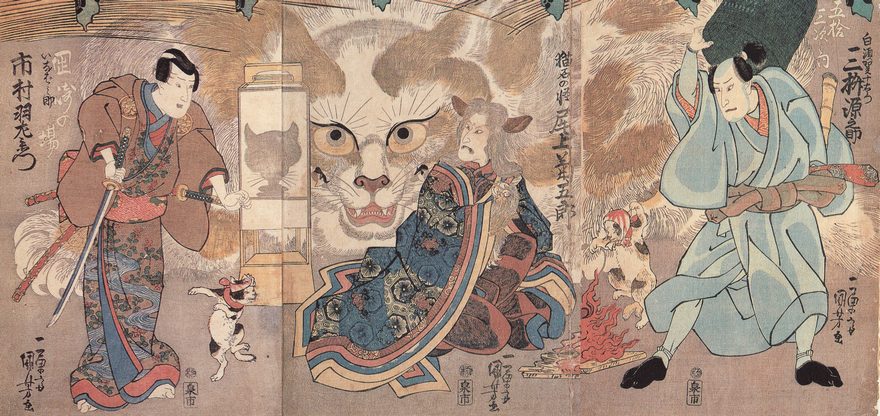
Ume no haru gojūsantsugi (梅初春五十三駅 / Plum Blossom Spring Gojusang Station). Utagawa Kuniyoshi 1835. This artwork features several bakeneko (shapeshifting cats): a cat disguised as an old woman, a cat dancing with a tenugui (hand towel) on its head, and a cat casting a shadow as it licks the fish oil powering an outdoor lantern.
The research carried out by the Working Group culminated in a special issue published in HSNS 53 (3) in July 2023.
